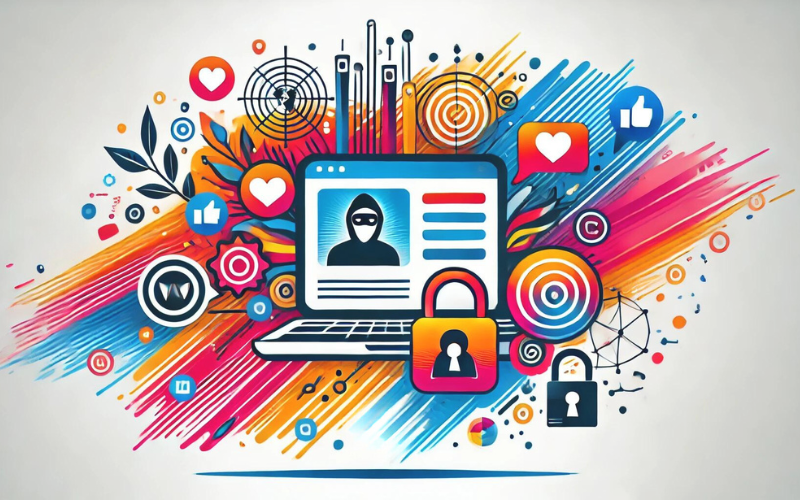


Social media has become an integral part of our daily lives, allowing us to share updates, connect with friends, and express ourselves. However, the convenience of social media comes with risks, particularly when it comes to identity theft. By oversharing personal details online, many users unknowingly expose themselves to criminals looking to exploit their information. In this post, we’ll explore how oversharing on social media can lead to identity theft and offer insight into why it’s important to be cautious with what you post.
Personal Information Exposure: Social media platforms encourage users to share personal details such as full names, birthdates, locations, and even employer information. While these details seem harmless, identity thieves can use this information to impersonate you or answer security questions that provide access to your online accounts.
Location Sharing and Check-ins: Many people use location-sharing features or check in at restaurants, airports, or other public places. This real-time information can give criminals insights into your habits, routines, or whether you’re away from home, making you more vulnerable to theft both online and offline.
Oversharing Family Details: Sharing photos of family members, including children, can also lead to risk. Scammers can use information like your mother’s maiden name, family member names, and birthdates to piece together your identity and gain unauthorized access to your accounts.
Public Profiles: Many social media users keep their profiles public, which allows anyone to view their posts, photos, and personal information. While public profiles increase engagement, they also increase exposure to identity thieves who can easily gather enough information to commit fraud.
Phishing Attacks: Cybercriminals often send phishing messages posing as legitimate contacts or companies to trick you into revealing sensitive information. By using personal information you’ve shared on social media, these messages appear more authentic, making it easier for you to fall for the scam.
Social Engineering: Social engineering is a tactic in which criminals manipulate individuals into divulging personal information. By studying your social media posts, criminals can craft convincing messages tailored to your life events, making it easier for them to deceive you.
It’s important to recognize that oversharing on social media can put you at risk of identity theft. To minimize this risk:
While social media offers a fun and engaging way to stay connected, oversharing can lead to serious consequences like identity theft. By being mindful of the information you post and tightening your privacy settings, you can reduce the risk of falling victim to online criminals. Remember, protecting your personal information starts with what you share online.
Copyright © 2025 ・ SafeIDWatch ・ All Rights Reserved